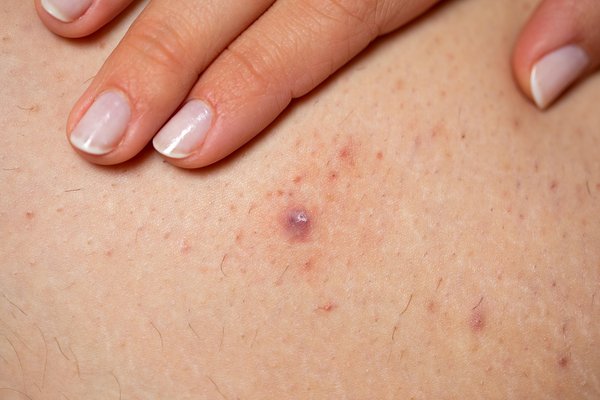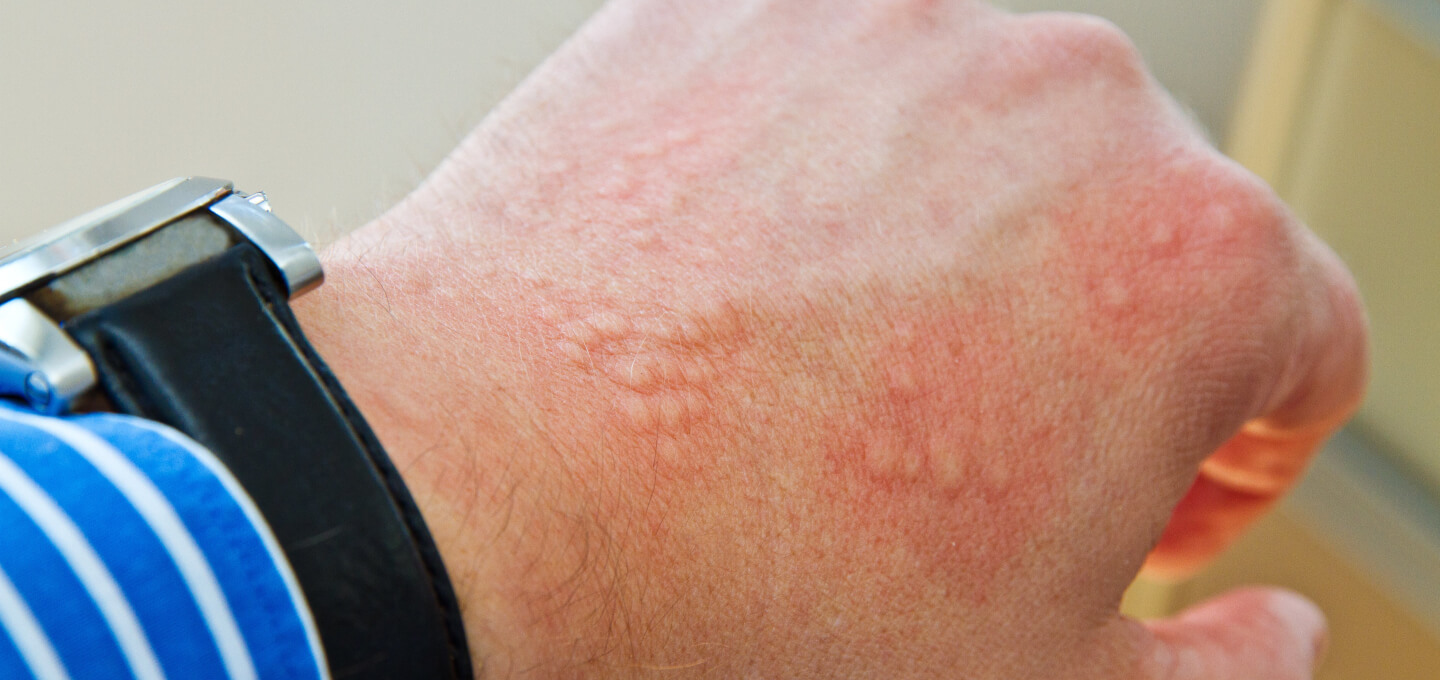Skin irritation in the groin area is a widespread concern that can affect people of all genders and ages. The groin is a warm, moist, and often confined environment, which makes it a prime area for various dermatological issues. Understanding the causes, symptoms, and safe treatments of these conditions is essential for maintaining good hygiene and skin health.
1. Ingrown HairsWhat They Are
Ingrown hairs occur when hair curls back or grows sideways into the skin instead of rising up from it. This often causes red, itchy bumps that resemble pimples. In some cases, ingrown hairs can become infected, resulting in painful pus-filled lesions.
Causes
- Shaving, waxing, or plucking hair too closelyWearing tight clothing that causes frictionNaturally curly or coarse hair
Symptoms
Small, round bumps that may contain pusRedness and inflammationItching or discomfort in the affected area
Treatment
Apply a warm compress to reduce swellingUse exfoliating cleansers to remove dead skinAvoid shaving until the area healsIn severe cases, consult a dermatologist
Source: American Academy of Dermatology

2. Folliculitis
What It Is
Folliculitis is an inflammation of the hair follicles caused by bacteria, fungi, or irritation. It appears as red or white-headed pimples around hair follicles and can be itchy or painful.
Causes
Bacterial infections, especially Staphylococcus aureusFriction from tight clothingShaving or waxingExposure to hot tubs or poorly sanitized water
Symptoms
Red, inflamed bumps or pustulesMild burning or itchingTender skin around hair follicles
Treatment
Clean the area with antibacterial soapApply over-the-counter antibiotic ointmentsUse warm compressesIn persistent or severe cases, oral antibiotics may be required
Source: Mayo Clinic

3. Tinea Cruris (Jock Itch)
Tinea cruris, commonly known as jock itch, is a fungal infection that affects the groin, inner thighs, and buttocks. It is more common in men but can affect anyone. The infection thrives in warm, moist environments.
Causes
Excessive sweatingWearing tight or non-breathable clothingSharing towels or personal itemsPoor hygiene
Symptoms
Red, scaly patches with raised edgesItching, burning, or irritation in the groinRash that may spread to thighs or buttocks
Treatment
Use antifungal creams like clotrimazole or terbinafineKeep the area clean and dryAvoid sharing personal itemsWear loose-fitting, breathable underwear
Source: Centers for Disease Control and Prevention (CDC)

4. Contact Dermatitis
What It Is
Contact dermatitis occurs when the skin reacts to an allergen or irritant. This reaction can happen due to detergents, soaps, synthetic fabrics, or body lotions.
Causes
Allergic reactions to perfumes, dyes, or latex Irritation from tight or unwashed clothing Prolonged exposure to sweat or moisture
Symptoms
Red, inflamed, or itchy patches Peeling or flaking skin Small blisters in some cases Treatment Avoid known irritants or allergens Use fragrance-free moisturizers Apply hydrocortisone cream to relieve itching Consult a dermatologist if symptoms persist
Source: Cleveland Clinic
